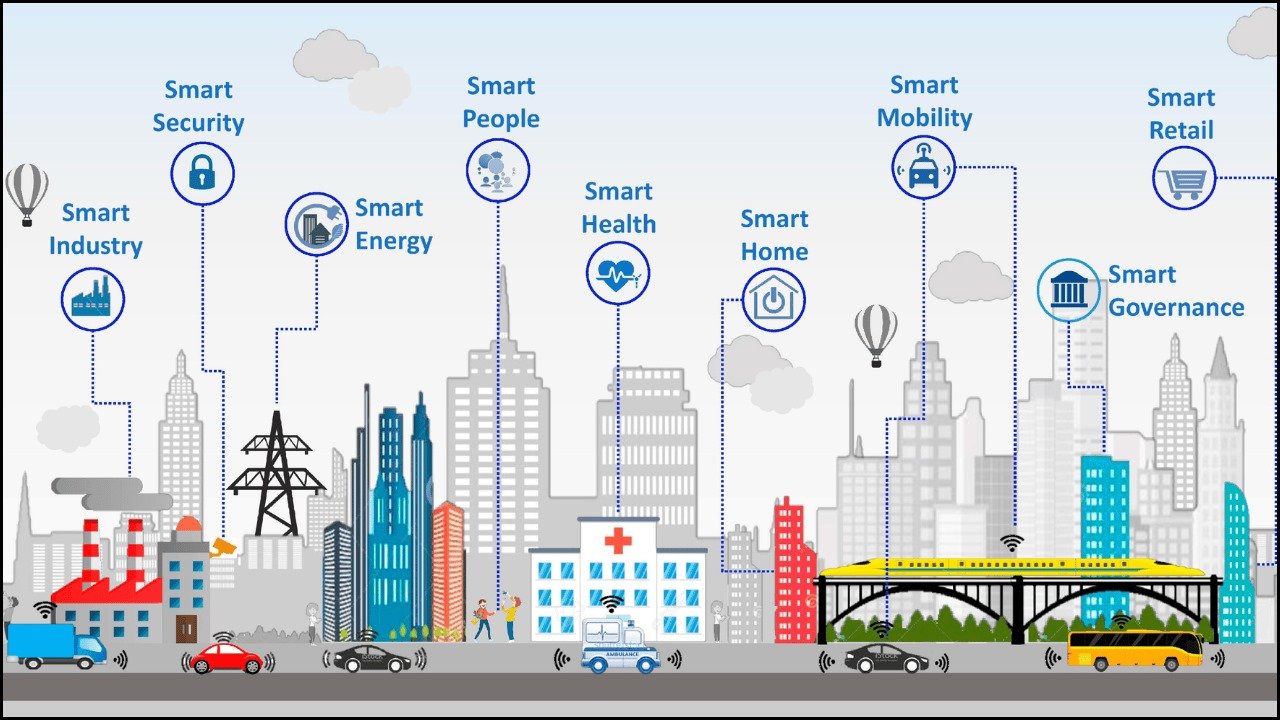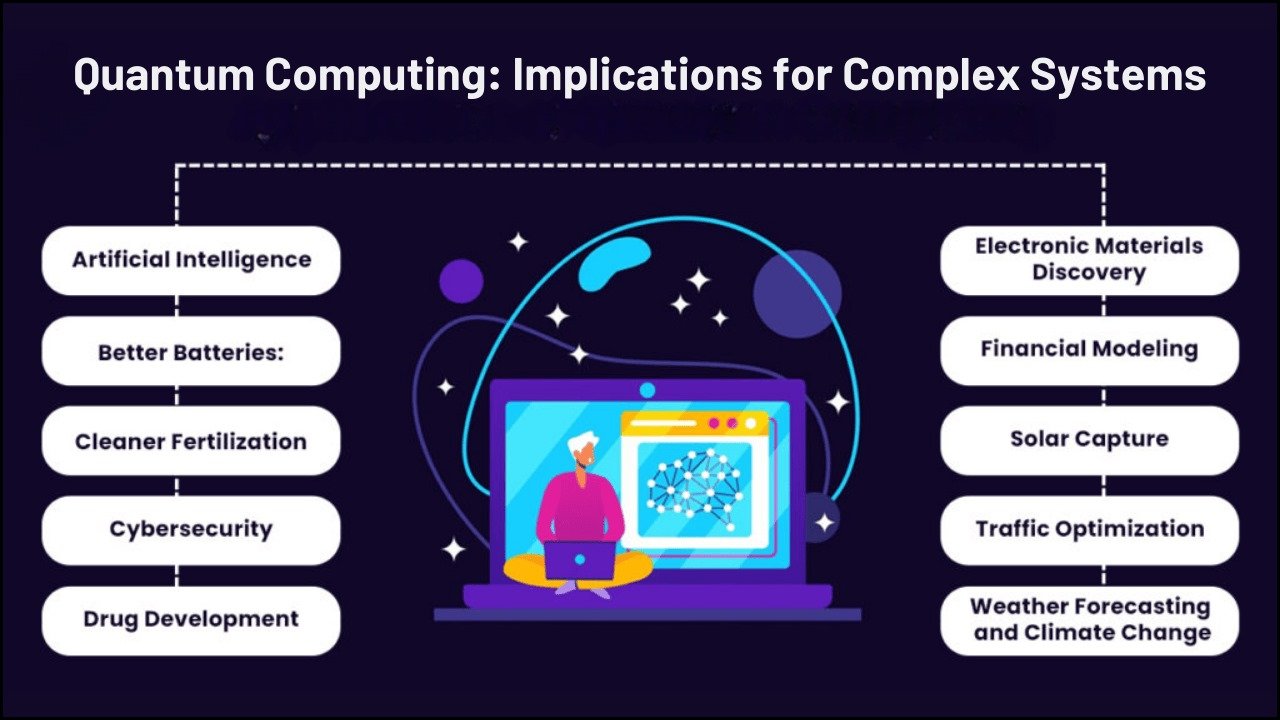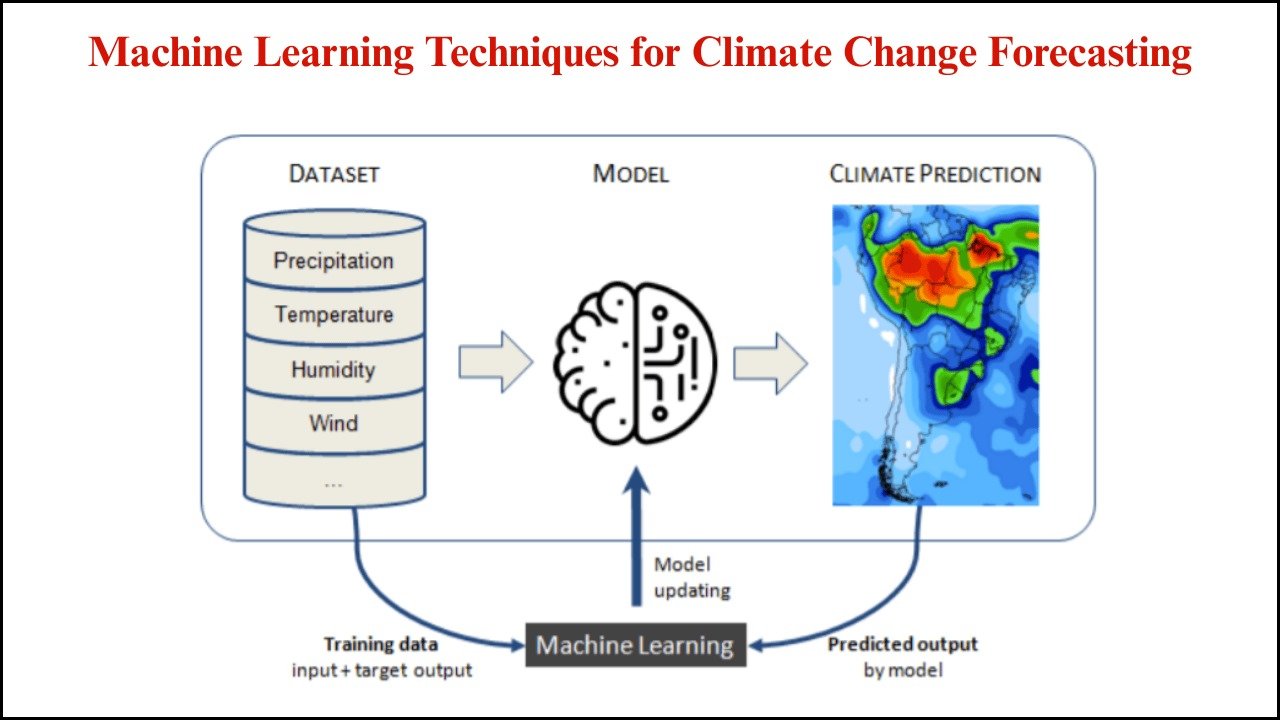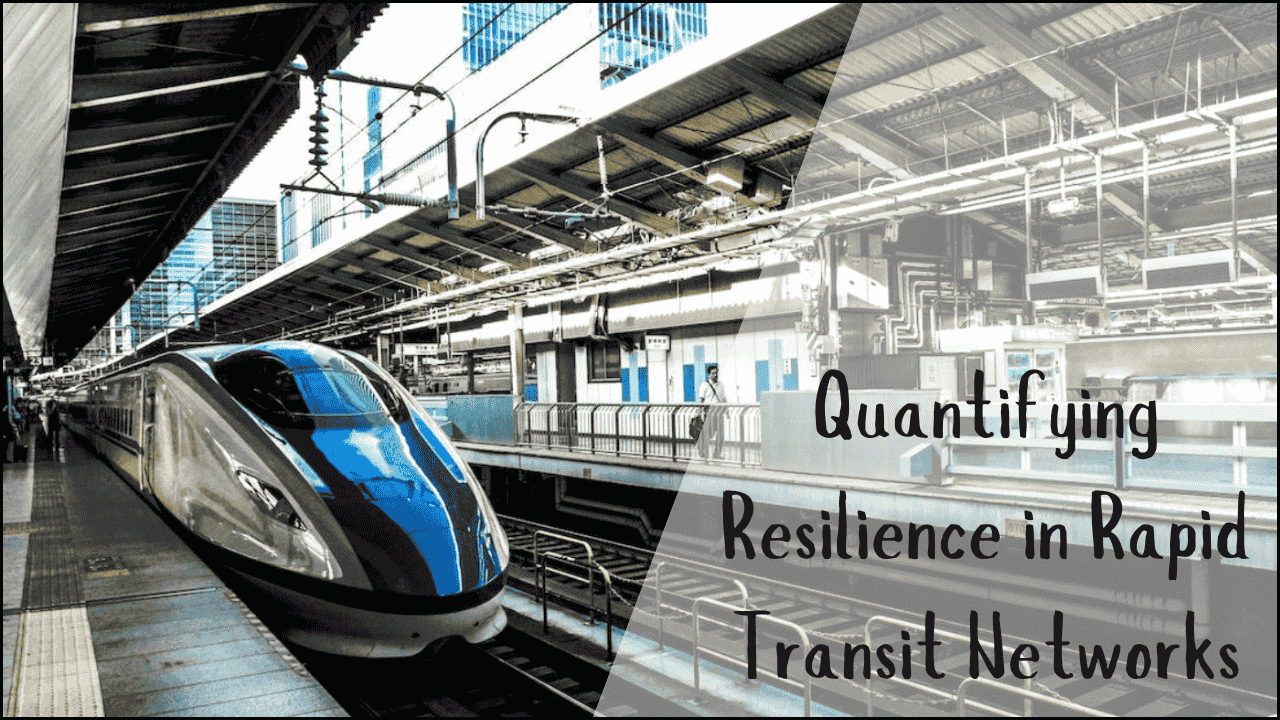
High assurance system engineering in Asia is gaining momentum as governments, industries, and research organizations emphasize secure and reliable infrastructure for defense, aerospace, healthcare, and digital ecosystems. Panels dedicated to this discipline bring together experts to address challenges in safety, resilience, and cybersecurity while developing frameworks tailored to regional needs. An exploration of these panels highlights how Asia is positioning itself as a hub for innovation and trusted system development.
Table of Contents
Overview of High Assurance System Engineering
- High Assurance Systems focus on reliability, safety, and security beyond conventional standards.
- Engineering Panels in Asia act as interdisciplinary platforms where engineers, policymakers, and academics collaborate.
- Key Sectors impacted include aerospace, nuclear energy, healthcare, and critical infrastructure.
- Growing Demand is driven by rapid digitalization, cyber threats, and national defense priorities.
Core Objectives of Panels in Asia
- Risk Mitigation – Developing frameworks that minimize failure in mission-critical systems.
- Policy Alignment – Creating guidelines compatible with both local regulations and international standards.
- Technological Advancement – Promoting the adoption of artificial intelligence, blockchain, and secure computing in system design.
- Capacity Building – Training engineers and fostering academic-industry partnerships for sustainable growth.
Key Panels and Initiatives Across Asia
| Country | Panel/Initiative | Primary Focus | Notable Contributions |
|---|---|---|---|
| China | National High Assurance Engineering Forum | Aerospace and defense systems | Advanced avionics reliability testing and AI integration |
| India | DRDO System Assurance Panels | Defense technology and cyber resilience | Secure missile guidance systems and resilient communication networks |
| Japan | High Reliability System Consortium | Robotics and nuclear safety | Risk reduction in nuclear plants and autonomous vehicle reliability |
| South Korea | Secure ICT Systems Panel | Digital infrastructure and smart cities | Standards for 5G/6G secure communications |
| Singapore | Critical Infrastructure Assurance Panel | Finance and healthcare systems | Cyber resilience for banking networks and hospital data protection |
Technical Frameworks Discussed in Panels
- Formal Verification Techniques – Proving correctness of algorithms in critical applications.
- Resilience Engineering – Designing systems to adapt under unexpected disruptions.
- Fault Tolerance Models – Ensuring continuity in aerospace, healthcare, and transport systems.
- Cryptographic Assurance – Securing communication and data transfer across digital platforms.
- Human-System Integration – Addressing ergonomics, usability, and operator trust in automated systems.
Major Challenges Identified
- Complex Regulatory Landscape – Variations across Asian nations slow standardization.
- Cybersecurity Threats – Increasing vulnerability of interconnected infrastructure.
- High Development Costs – Ensuring assurance often requires expensive tools and expertise.
- Talent Shortages – Limited pool of specialists in formal verification and secure systems design.
- Rapid Technological Evolution – Difficulty in keeping standards updated with AI and IoT advancements.
Case Studies from Asia
1. Japan’s Nuclear Plant Safety Panel
- Focused on learning from the Fukushima disaster.
- Developed new assurance methodologies for emergency protocols.
- Collaborated with global agencies for transparent safety standards.
2. India’s DRDO Panel on Secure Defense Systems
- Addressed missile reliability with advanced verification techniques.
- Integrated cybersecurity safeguards in communication satellites.
- Linked with universities for research-driven innovations.
3. Singapore’s Financial System Assurance Group
- Concentrated on data integrity in digital banking.
- Implemented blockchain-based authentication for transactions.
- Provided model frameworks for other Southeast Asian nations.
Comparative Role of Panels in Asia
| Aspect | China | India | Japan | South Korea | Singapore |
|---|---|---|---|---|---|
| Primary Sector | Aerospace & defense | Defense & cyber systems | Robotics & nuclear | ICT & smart cities | Finance & healthcare |
| Key Strength | Large-scale defense integration | Strong R&D with academia | Precision safety measures | ICT leadership | Regional cyber hub |
| Main Weakness | Political sensitivities | Resource allocation delays | Aging infrastructure | Over-dependence on exports | Small workforce size |
| Global Collaboration | Limited due to geopolitics | Expanding with the US/EU | Strong partnerships | Active in UN ITU groups | ASEAN collaborations |
Impact on Regional Development
- Economic Growth – Assurance-driven systems foster trust in digital economies.
- National Security – Defense assurance panels strengthen sovereignty.
- Public Safety – Nuclear safety and healthcare reliability improve citizen trust.
- Academic Innovation – Universities gain access to advanced research opportunities.
- Regional Collaboration – Panels encourage the sharing of standards across borders.
Future Directions for Panels in Asia
- AI-Assisted Assurance – Integration of machine learning for anomaly detection.
- Cross-Border Frameworks – Establishment of pan-Asian councils for harmonized standards.
- Sustainability Focus – Incorporation of green engineering into high assurance systems.
- Quantum Security Measures – Preparing for post-quantum cryptography challenges.
- Expanded Workforce Training – Initiatives to close the expertise gap in assurance engineering.
Summing Up
High assurance system engineering panels in Asia serve as cornerstones for building reliable, secure, and future-ready infrastructures. Regional diversity allows each country to specialize in unique sectors while contributing to collective knowledge. Strengthened collaboration, innovation, and skilled workforce development will ensure that Asia remains at the forefront of global assurance engineering.
Q&A Section
Q1: What is the difference between high assurance and standard engineering systems?
High assurance systems undergo rigorous testing, verification, and security checks to ensure reliability even in extreme conditions, unlike standard engineering systems, which meet only baseline requirements.
Q2: Which sectors in Asia benefit the most from assurance panels?
Defense, aerospace, nuclear energy, healthcare, and financial services are the key beneficiaries.
Q3: How do assurance panels contribute to cybersecurity?
Panels create guidelines for secure communication networks, promote cryptographic standards, and recommend frameworks for protecting critical digital infrastructure.
Q4: Are there collaborative panels across Asian countries?
Yes, initiatives within ASEAN and partnerships with Japan and South Korea are emerging, though differences in regulations still pose barriers.
Q5: What role does academia play in high assurance engineering panels?
Universities contribute research, train engineers, and develop new verification models that industries and governments later adopt.





